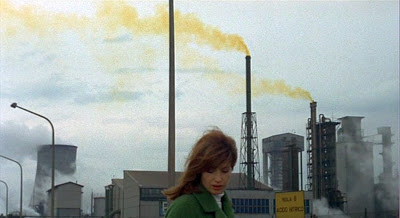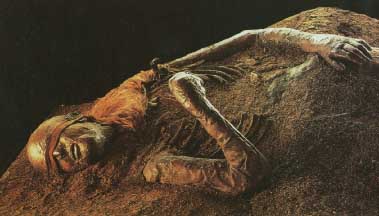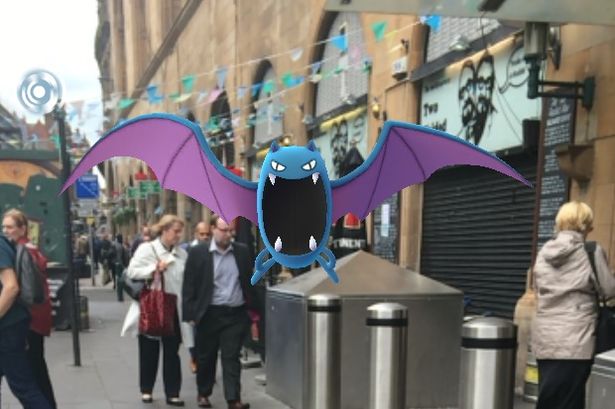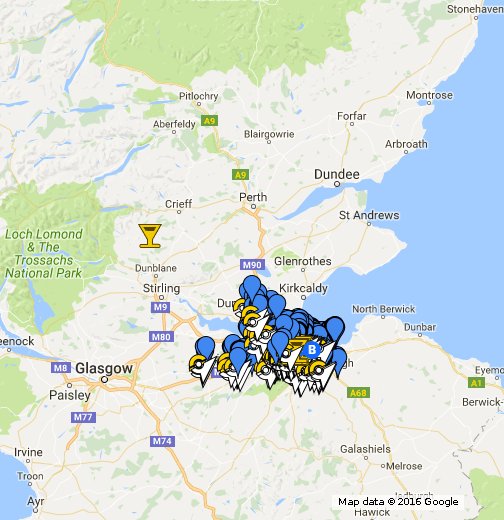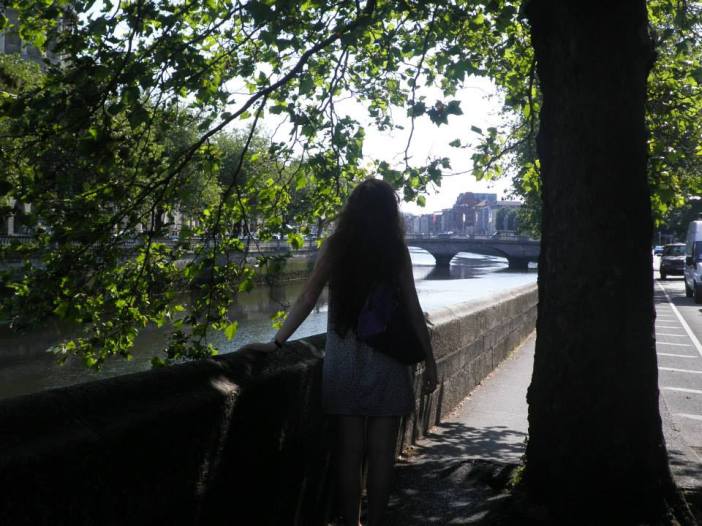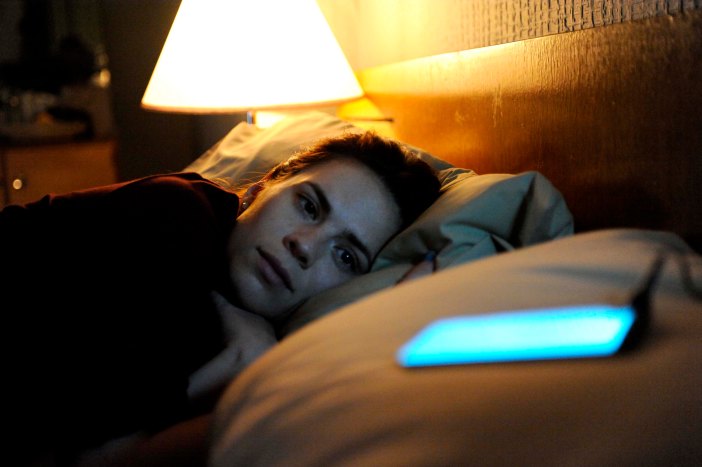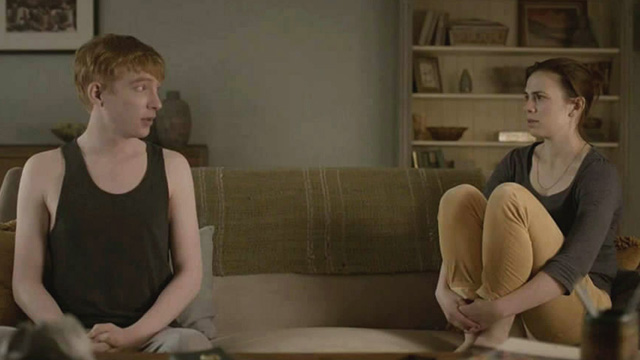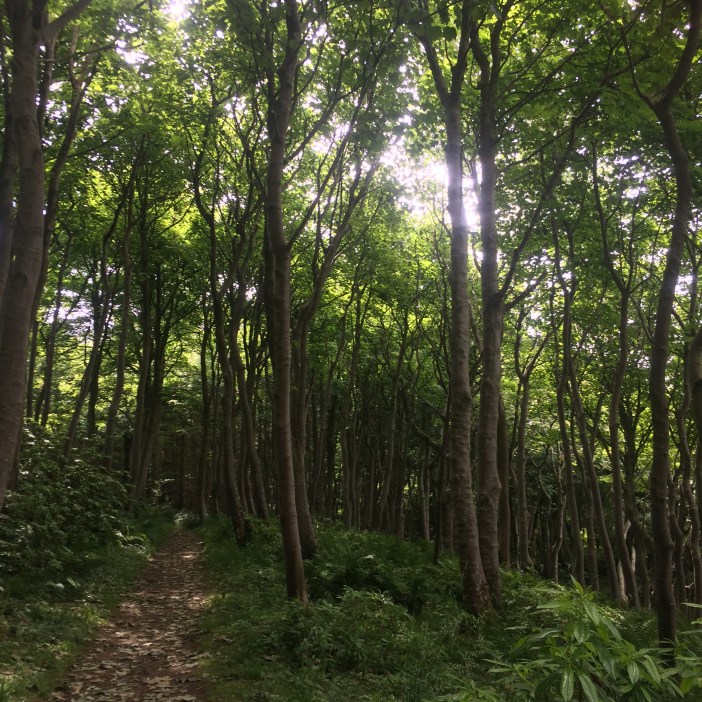
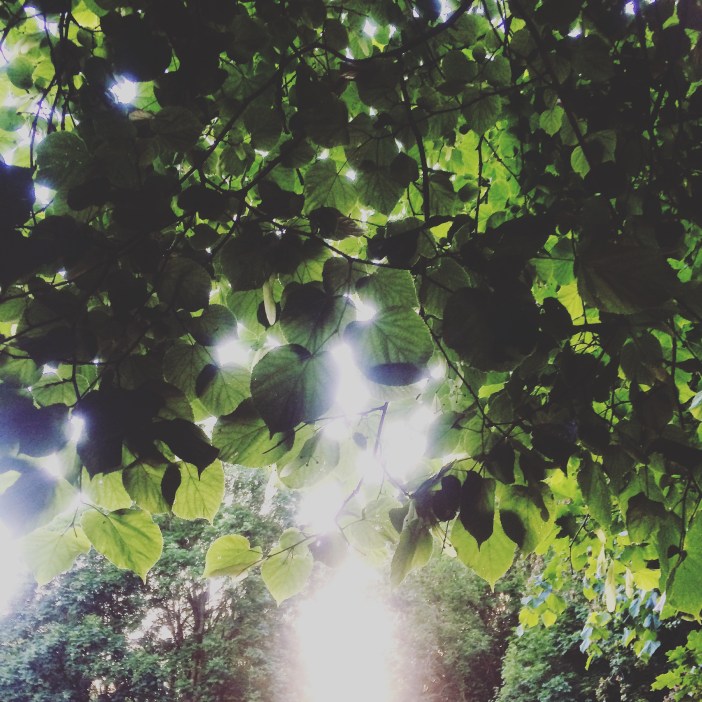


These bias-cut days of diagonal action, mostly slow rise and decline, drift into restless though feathery sleep. ‘The dreamer in his corner wrote off the world in a detailed daydream that destroyed, one by one, all the objects in the world’. So goes Bachelard and my own sense of crawling, hovering, in the cracks between things. Letters, cups of tea, cutlery, brushes and pens, awakenings. I worry that making a fantasy means reality won’t happen. You can spend too much in your dreams. I pay my debts in daily wandering, lifting plates and cracking hard metal off the grinder to fill up the cylinder with further coffee. Speak standard grade French for ebullient tourists. A, petit pois! What was it he said? A vast divergence between work and vocation. What splits in you and hurts evermore like a skelf. I’m waiting at the bar for a check, looking miserable because elsewhere in my head.
The heat brings fights to the park. I seem unable to read in daylight.
Caffeine dissolves all sticky platitudes of self-surrendering, the negative web. Objects I love become loss, so I stop. Pull out the game. Everyone I know seems to be moving away. There are these Instagrammed images of shifting reality. I ‘like’ them as if to say…
So maybe I go home but not really. So maybe in my father’s car, passing the house I grew up in which now has a shiny white 4×4 in the driveway. There is a dj with the same name as a boy from my school who wore ill-fitting boots. Remember I told him I was pregnant with triplets. I know every road and house in this town. Nothing alters on the virtual maps.
Two miles south. There is this playground in the forest, pine-built tunnels that lead through the treetops. I shimmy my way through child spaces, accessing the world from a miniature angle. I chew away low-level anxiety. We sit in the park, rolling buttercup stems between our fingers. Think in yellow, and have no thorns to distance me. There is so much to discuss but this chat is symbolic only; mostly between, mostly hungry. I cycle around Govan in aimless circles, prolonging the river with industry. People sit on walls outside their houses, but they are not talking or rolling tobacco or playing chess.
Half of this month is a blue-dark nothing. No difference between eve and day but shades of blue. 4am my friend, our twilight spirals. I’m aching.
I spend a weekend in Munich and meet the illustrious Robert Macfarlane, who wears a mushroom pin badge and enthuses on Sebald. The Bavarian meadows are everything. I write condensed sentences in my notebook, sometimes unsure of source: ‘The painting asks the viewer to prefer shadows to sun’, ‘The brain’s sweet opening to calm and green’. I am travel tired, pleasantly so, and involuntary naps overlay with words—so images stir around me, lift from the page new worlds. I take photographs to mark a certain summer. Foxgloves, cash machines, the margarine tree; gorge of solstice which gives into poems.
We share wine outside. I lace my sangrias with a bottle of port, you’d call it darkling sunset, but not a good taste. How often this month have you woken to fog in your head?
Black-and-white plate of burnt kale.
Is our depression competing? Compression.
Admissions of sickness, 39 likes, mustang. He only smokes when drinking.
Maybe we don’t need sleep at all!
What lore of virtual archipelagos? I think of each chat log itself as an island.
My brother came home on the last day of May. Now off to Israel he leaves in our flat a blue bag of avocados, three fillets of salmon which rot in the fridge.
Sometimes time does me a favour. The way roses look at four in the morning, gilded with lamp light against husky sky, a faint azure. The hazy look of Lana roses, a vintage filter in always already.
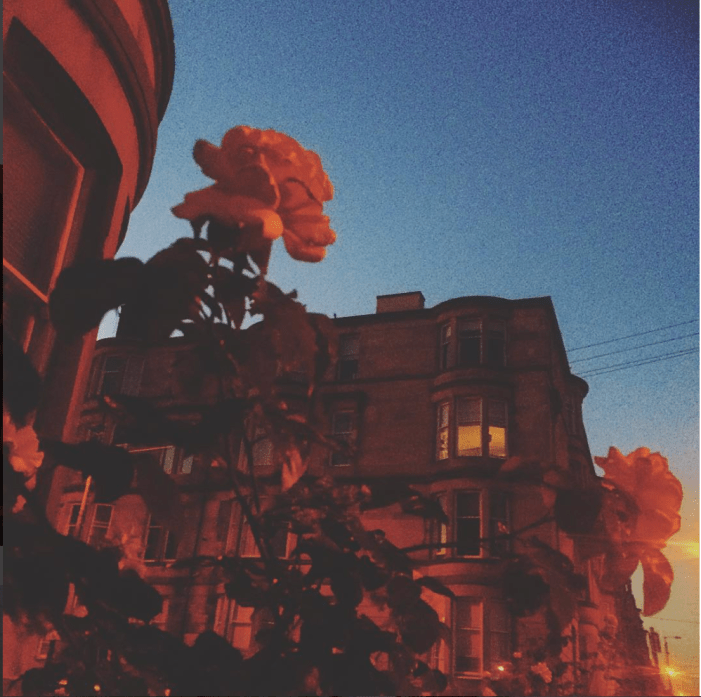
The tenements were blood meridian. Sun moving west.
Scrunch salt to make curls in my hair. Post-chlorine shower feeling. Involuntary.
Wake to your messages, drop more before sleep. Two blue ticks. See everyone and then again everyone leaving. Homesick for dialect, yelling haneck. A mosher at heart requires eyeliner always. I keep some old stone beneath my pillow.
The lines around your eyes, a ring for every hour not slept.
Fall into chorus of gulls and whispered recordings. All of my gross human narcissism.
A birthday. Rose dress and fishnets, refusal of dancing. Middle-name. Tanqueray forever.
I resolve to make new—
Slim readings, okay so I swore and did not cry because I’m saving my hot bright tears for July. Cute motivational pastel skies. Line after line being temporary.
There’s a song but I just want everyone glowing around me.
When they played ‘Keep Yourself Warm’ in Sleazy’s.
I would look up, intermittently, through a canopy of light-filled leaves. I’m sorry.
As if nothing happened, / I’m so busy, I’m so busy.
When it burned down we were in the street, all interlocked, we could see the embers. Blue and red. Helicopters overhead and my heart in my throat, something lisping the skin of my ribs.
The comedown just happens. I’m not the only one who’s numb.
Invitations to the Catty all weekend.
Work a whirlwind of smiles and graduations. Bottles of prosecco forgotten and balloons that go missing in minor scandal. I try to be better. Accessing all these families. There’s heat and light and a barbecue; ‘Some Velvet Morning’ dragging the scene to its sunburned, surreal conclusion.
Deleuze for the Desperate makes me wanna visit Devon.
Word of the month is ‘catatonic’.
How lucky we’ve been with this weather!
I hope something pure happens, softens inside me. Precarious mentality preserved in blue.
Little sweet, cycloramic tweeting.
After that article, feeling wholly grateful for my vision. I mean she had scars on her irises.
Does anyone ever want pineapple juice?
Slimmer now, reflection in coffee shop windows then not. Near tears on the phone. It’s mostly viral, the body’s bright omens. Everything revolves or resolves around you.
An hour a day I actually feel adult.
Calum does my tarot again and this time there are mermaids, mountains, a perfect circle.
Rodefer, Rodefer, Rodefer:
‘Breeze, trembling trees, the night, the stars. And there you are,
in a manner of speaking.’
Infinite ugly gas bills from winter.
Disclosing my name as if to say, the end is near. Everyone lovely is reading Remainder. So talk of football and residuals, the free cappuccinos. A system.
‘You two look intimidatingly cool.’
I start painting again but find it hard to mix colour. I want the authentic, luminous lime. There will be a triangle off-centre in the heart of this landscape. Is it even a landscape.
Bike through gushing rain to get back to the present. We dwell awhile in the darker mezzanine, listening to the passing trains, the motorway traffic like hard waves sloshed against a sea wall.
My excuse is, this is all just sketching.
Better for energy, blessedness! A very old episode of Grand Designs.
Somebody somewhere is square-going a seagull while you read this.
Jazz gigs & taxis.
Fear of swallowing moss is utterly irrational, totally a Virgo thing. Intelligent attention.
She is likely to put on a facade of indifference.
Feel bad as ever for bailing.
Slather myself in factor 50, go out to embrace the evening. It’s half past three and I wear white cotton, 30 degrees washed and then a whole new 30 degree heat. Times the right way you make ninety, then three, the year of my birth. Somehow survived a quarter century.
I drink black coffee and watch seven swans moving towards me slowly.
Back on the west coast, I want Lee Harwood to describe the sea. Thin haze of blue Arran and my childhood dreams.
Later.
Even managed to change the sheets. The electricians came without warning.
Late.
Walk 20k steps for the sake of a stranding. June is all over me.
Skewed in a sunburst pleat, I wear less and contain my reactions.
Lately.
Light and luxury.
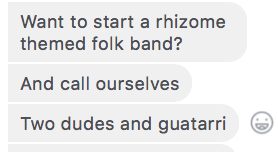
* * *
Sharon Van Etten – For You
Kathryn Joseph – From When I Wake the Want Is
Fiona Apple – Paper Bag
Cat Power – Lost Someone
The Weather Station – Free
The Innocence Mission – Bright as Yellow
Frightened Rabbit – Nitrous Gas
Feng Suave – Honey, There’s No Time
Devendra Banhart – Your Fine Petting Duck
Lou Reed – Coney Island Baby
Bright Eyes – June on the West Coast
The National – About Today
Parquet Courts – Before the Water Gets Too High
Man of Moon – The Road
Rolling Blackouts Coastal Fever – French Press
Ryan Adams – Come Pick Me Up
Tom Petty – It’ll All Work Out
Low – Just Make It Stop
The Jesus and Mary Chain – Sometimes Always
Aïsha Devi – Light Luxury
Vessels – 4AM
Ross From Friends – Project Cybersy
Prurient – Christ Among the Broken Glass
Oneohtrix Point Never – Toys 2
Mazzy Star – Still
Snail Mail – Thinning
There Will Be Fireworks – Foreign Thoughts
Damien Jurado – Ohio
A. Wesley Chung – Neon Coast
Erin Rae & the Meanwhiles – Clean Slate
Gillian Welch – I Dreamed a Highway
